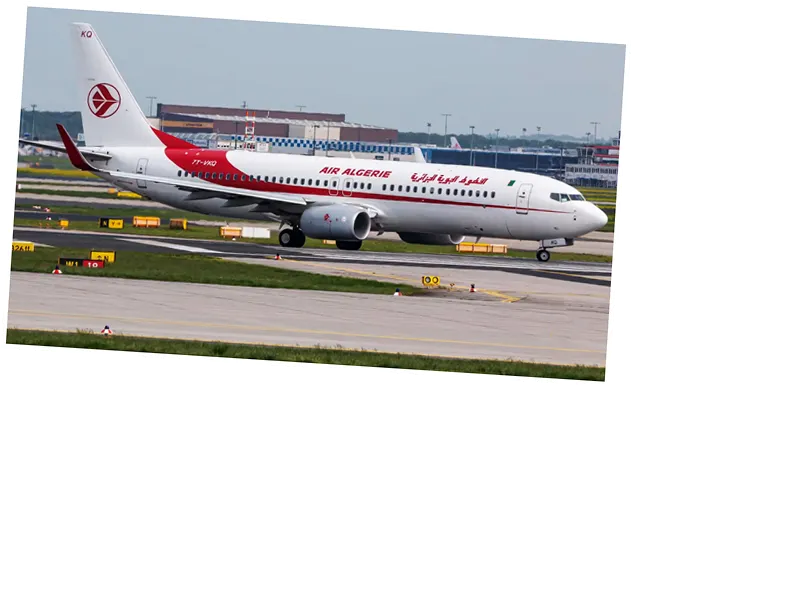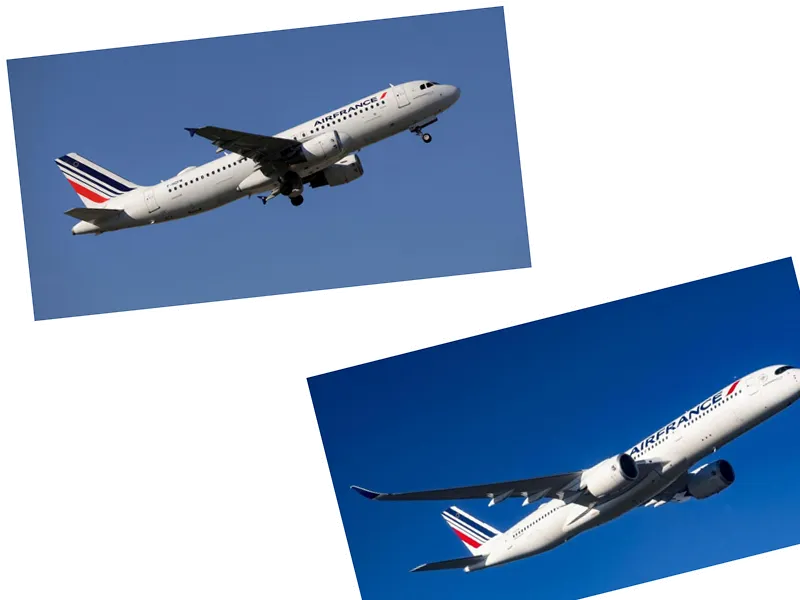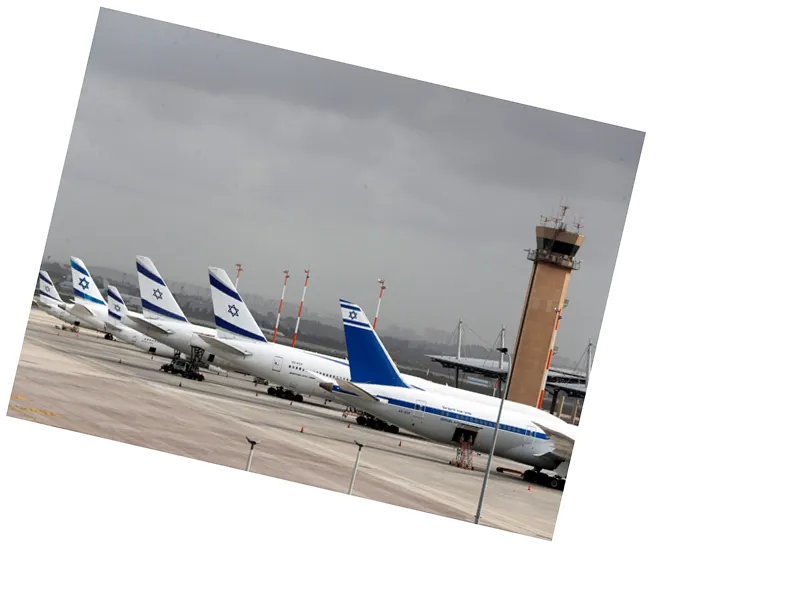Increasing Turbulence Poses Greater Risks to Aviation Safety
The aviation industry is grappling with a growing hazard: increasingly severe and frequent air turbulence. In recent incidents, turbulence has resulted in severe injuries and even fatalities. Notably, a Singapore Airlines flight from London to Singapore experienced turbulence that tragically resulted in a passenger's death and multiple injuries. Following this, the airline has implemented stricter safety measures.
Singapore Airlines has announced that when the seat belt sign is activated, meal and hot drink services will be suspended, and crew members will be required to fasten their seat belts. This policy change aims to mitigate the risks faced by crew members, who are often unbelted while serving passengers. By enforcing these stricter rules, Singapore Airlines seeks to protect both passengers and crew from the dangers of turbulence, which the German Aerospace Center (DLR) and the University of Reading attribute to climate change.
Climate Change’s Impact on Turbulence
Research points to climate change as a significant factor behind the increase in turbulent airspace. Studies from the University of Reading show a 55% rise in turbulence over the North Atlantic over the past 45 years. Clear Air Turbulence (CAT), occurring at cruising altitudes and often without visible warning signs, has been particularly highlighted in these studies. The projections indicate a continuing upward trend in turbulence frequency and severity, especially on routes to North America.
Other airlines might adopt similar stringent regulations. The reasons are both for the safety of those aboard and legal liability under the Montreal Convention, which holds airlines accountable for injuries caused by turbulence. Industry experts advise passengers to stay strapped in throughout flights to minimize the risk of injury.
Recent turbulence incidents include a Turkish Airlines flight where a flight attendant sustained a severe back injury, and a Qatar Airways flight from Doha to Dublin, which left six crew members and numerous passengers hurt. These events underscore the persistent and widespread nature of the issue, driving home the need for industry-wide safety protocols.
- In addition to Singapore Airlines, other major carriers might soon revise their safety measures to cope with the rising turbulence threat. The aviation sector recognizes the growing necessity to adapt and react promptly to emerging research linking climate change to increased turbulence.
- Given that turbulence is becoming more frequent and severe, passengers are advised to keep their seat belts fastened as much as possible during flights. This simple measure can significantly reduce the risk of injury during unexpected turbulence events.






